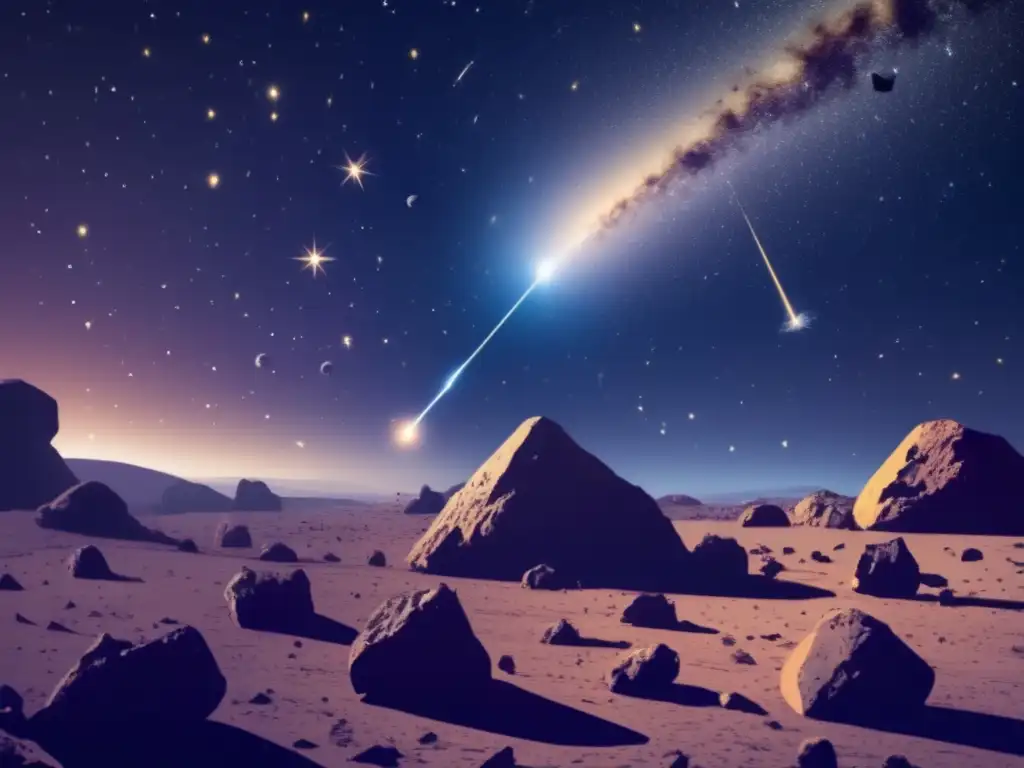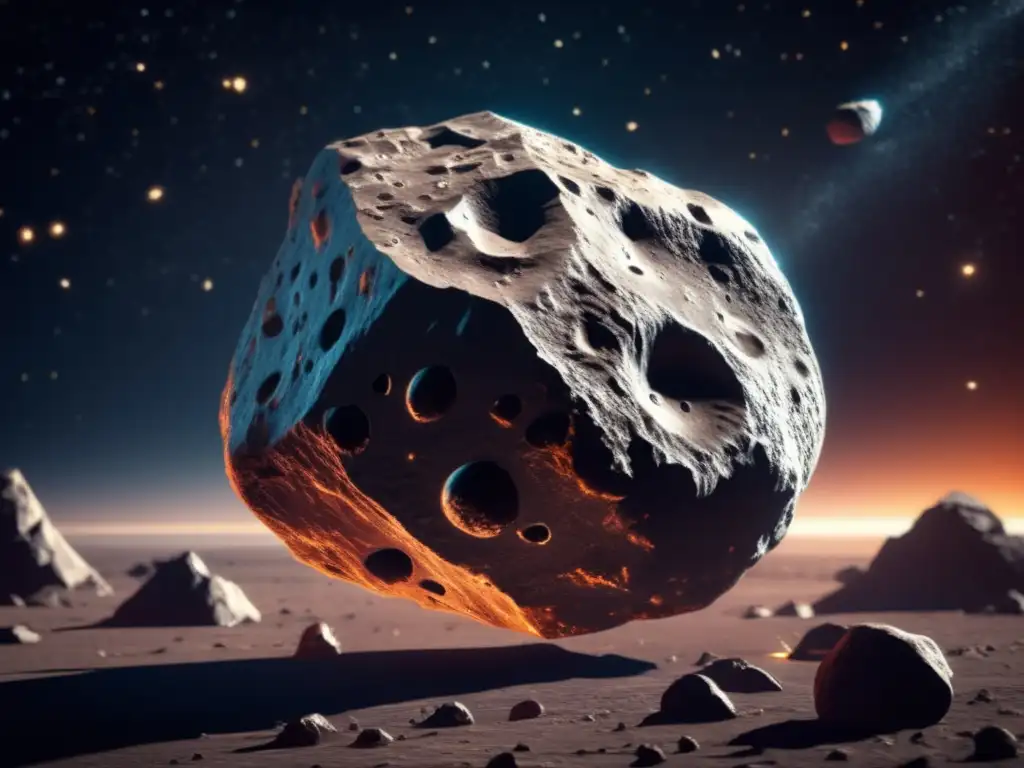Gods Of The Starry Plough: Asteroids In Celtiberian Myths

Introduction
The Celtiberians were an ancient people who lived in what is now Spain and Portugal. They had a rich mythology which included many deities associated with celestial bodies, including asteroids. This article will explore the role that asteroids played in Celtiberian myths and what we can learn about their beliefs from these stories.
The Gods of the Starry Plough

The Starry Plough and the Celts
The Starry Plough is the name given to a prominent group of stars in the constellation Ursa Major. In Celtic mythology, this group of stars was associated with a chariot and horses driven by the god Lugh, who was also known as Samildanach, meaning "he who knows all arts." The Celts believed that Lugh used the chariot to travel across the sky, and that the Starry Plough was his guide.
Asteroids in Celtiberian Myths
The Celtiberians also associated the Starry Plough with asteroids which they believed were the homes of gods and goddesses. These asteroids were believed to be powerful sources of divine energy and were often depicted in artwork and carvings.
The Goddess Epona
Epona was a goddess associated with horses and fertility in Celtiberian and Gaulish mythology. She was often depicted riding a white horse or standing next to one. According to Celtiberian myth, Epona dwelled on an asteroid known as the White Mare which was believed to be located near the Starry Plough.
Legends Involving Asteroids

The Tale of the Asteroid Belt
According to one Celtiberian myth, the asteroid belt was created when the goddess Epona's horse galloped across the sky, scattering rocks and debris as it went. These rocks eventually formed the asteroid belt which was believed to be a place of great power and magic.
The Asteroid of the Harvest
In another myth, an asteroid known as the Harvest Star was believed to be responsible for providing a bountiful harvest. The Celtiberians believed that if they paid tribute to this asteroid, it would ensure that their crops would grow plentifully and that they would have an abundance of food to eat throughout the year.
The Sunstone
The Sunstone was an asteroid that was revered by the Celtiberians for its ability to predict the weather. It was believed that if the Sunstone appeared in the sky, it would bring good weather and a successful harvest. If it did not appear, then the people knew that bad weather was on its way and they could prepare accordingly.
How Asteroids Shaped Celtic Beliefs

A Connection to the Divine
The Celtiberians believed that asteroids were home to many powerful gods and goddesses. By associating these celestial bodies with deities, the people were able to connect with the divine and draw upon their power and energy. This connection was believed to be especially strong during important times such as the solstice, equinox, and other astronomical events.
An Understanding of the Universe
The Celtiberians were also interested in understanding the workings of the universe. By studying the movement of asteroids and other celestial bodies, they were able to gain insight into the natural world and the cosmos. They believed that by understanding the movements of the stars and planets, they could better predict the future and make important decisions.
A Reflection of Their Culture
The myths surrounding asteroids in Celtiberian culture provide valuable insight into their beliefs and values. By studying these stories, we can learn about the importance of nature, art, and spirituality in their society. Additionally, the celebration of harvest and the seasons reflects the agricultural nature of their economy and way of life.
Frequently Asked Questions

-
What is the Starry Plough?
The Starry Plough is a group of stars in the constellation Ursa Major which was associated with Lugh, a god in Celtic mythology.
-
What is the Harvest Star?
The Harvest Star was an asteroid that was believed to be responsible for providing a bountiful harvest in Celtiberian mythology.
-
What is the Sunstone?
The Sunstone was an asteroid that was revered by the Celtiberians for its ability to predict the weather.
-
What is the White Mare?
The White Mare was an asteroid associated with the goddess Epona in Celtiberian mythology.
-
What can we learn about Celtiberian culture from their myths about asteroids?
We can learn about the importance of nature, art, and spirituality in their society as well as their agricultural way of life.
Conclusion
Asteroids played an important role in the mythology of the Celtiberians. Their myths provide valuable insight into their beliefs about the cosmos and the divine. By studying these stories, we can gain a better understanding of their culture and way of life. The exploration of asteroids continues to be an important area of research in modern times, and it is fascinating to see how this topic has been important to human society for millennia.
Join the conversation and share your thoughts in the comments below. For more information on asteroids and other celestial bodies, be sure to visit www.asteroidrealm.com.
Additional Resources

For further reading on Celtiberian myths and culture:
- Britannica: Celtiberi
- Celtic-WeddingRings: Celtiberian Mythology
- World History Encyclopedia: Celtiberians
 Asteroids In Folktales: From Omens To Blessings
Asteroids In Folktales: From Omens To Blessings The Great Fire: Asteroids In Yoruba Legends
The Great Fire: Asteroids In Yoruba Legends Buddhist Scriptures: Unraveling The Asteroid Parables
Buddhist Scriptures: Unraveling The Asteroid ParablesIf you want to discover more articles similar to Gods Of The Starry Plough: Asteroids In Celtiberian Myths, you can visit the Asteroid Mythology category.
Leave a Reply

Articulos relacionados: